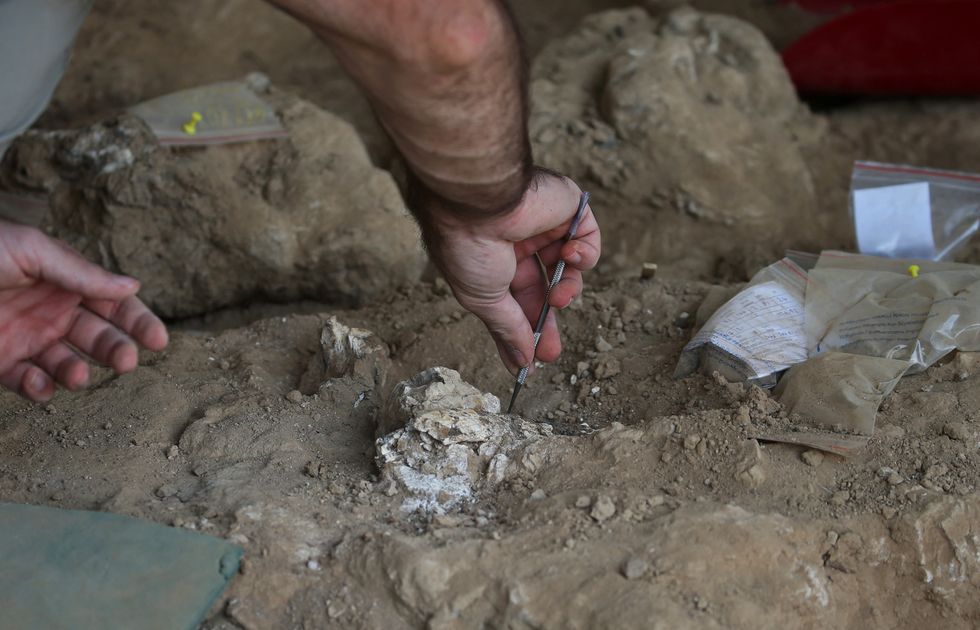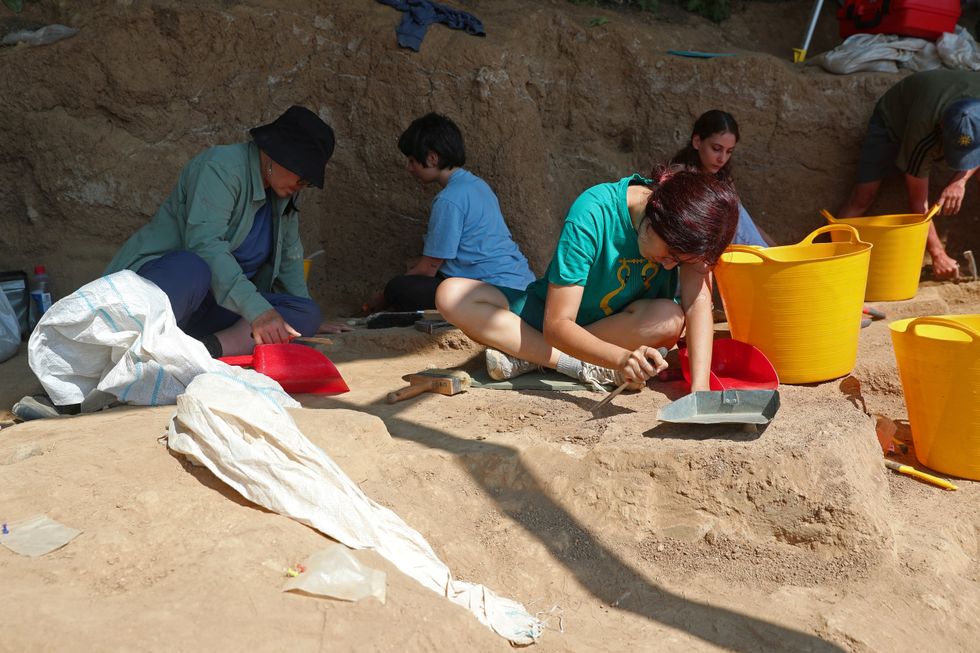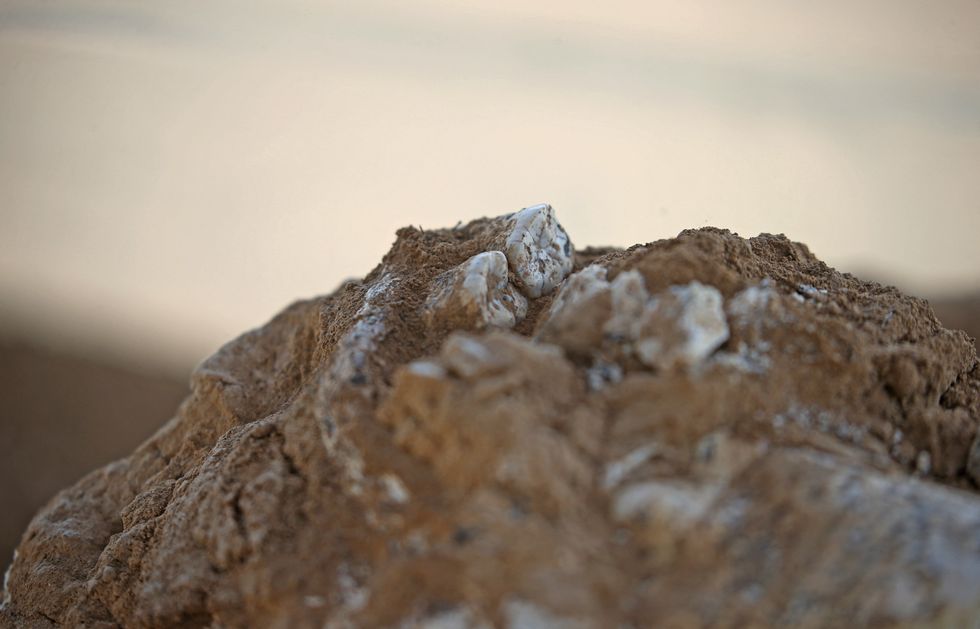Archaeology breakthrough as 1.8-million-year-old human jawbone unearthed

Scientists believe the discovery could reveal answers about how early humans evolved after they left Africa
Don't Miss
Most Read
Latest
Archaeologists in Georgia have unearthed a 1.8 million-year-old jawbone belonging to an early species of human.
It is believed the discovery will shed light on some of the earliest prehistoric human settlements on the Eurasian continent.
The Georgian site at Orozmani - which measures smaller than two car parking spaces - has brought to light the oldest remains of early humans yet excavated outside Africa.
It offers clues to the patterns of Homo erectus, a hunter-gatherer species that scientists believe started migrating around two million years ago.
"The study of the early human and fossil animal remains from Orozmani will allow us to determine the lifestyle of the first colonisers of Eurasia, said Giorgi Bidzinashvili, an archaeology professor at Ilia State University in Tbilisi.
"We think Orozmani can give us big information about humankind."
The lower jawbone was found around 100km (62 miles) southwest of the Georgian capital of Tbilisi, where archaeologists in 2022 excavated a tooth from early humans of the same era.
In the nearby village of Dmanisi, 1.8million year-old human skulls have previously been found.
LATEST DEVELOPMENTS:
- Archaeology breakthrough as evidence of sacrificial ‘trophy body parts' unearthed in Europe's earliest victory rites
- 'Great Flood myth is TRUE' claims researcher after discovery of city wiped out 20,000 years ago
- Scientists unveil first images of 'jaw-droppingly weird' spiked dinosaur 'unlike ANY other'

The jawbone was found at an excavation site in the village of Kvemo Orozmani, Georgia
|REUTERS
In this latest discovery, archaeologists also found fossils from animals including a sabre-toothed tiger, elephant, wolf, deer and giraffe, as well as a cache of stone tools.
Scientists say that close study of the jawbone and the animal fossils can yield crucial answers about how early humans evolved after they left Africa, including what they ate and what the climate was like.
At the Orozmani excavation site, archaeologists discover new remains of Homo erectus every year.
"My second day [on the dig] I found a nice little ankle bone, said Miles Alexandre, a recent anthropology graduate from the University of Rhode Island in the US.

Archaeologists discover new remains of Homo erectus every year at the excavation site
|REUTERS
"You go down five centimetres...there's a good chance you're going to find something."
In another recent discovery, archaeologists uncovered evidence of sacrificial "trophy body parts" in what is believed to be one of Europe's earliest victory rites.
Oxford archaeologists uncovered the artefacts that prehistoric French societies engaged with in systematic torture and mutilation of their adversaries as calculated displays of power between 4300 and 4150 BCE.

Experts hope the discovery will shed light on some of the earliest prehistoric human settlements on the Eurasian continent
|REUTERS
Researchers employed advanced isotopic techniques to examine human remains discovered in burial sites across northeastern France.
Their analysis indicates these violent acts served as theatrical demonstrations meant to disgrace defeated foes while reinforcing communal solidarity.











